the yarn.. the yarn.. it calls to me
Last active 2 hours ago
Don't wanna be here? Send us removal request.
Text

Sock (Egypt, 100-350 CE), The British Museum
This woolen sock, made using Nålbinding, features a split between the big toe and the other toes. It was likely designed to be worn with sandals, and the impression of a sandal strap is still visible. It was excavated in the ancient Egyptian city of Antinoupolis.
#fiber art#art history#nalbinding#fiber crafts#historical knitting#ancient egypt#2nd century#ancient egyptian tabi socks#ancientknitter#egyptology
0 notes
Text
knitters: FUCK i dropped my needle
knitters: its been 3 hours and ive done 4 rows
knitters: its been 3 minutes and ive done 20 rows
knitters: *sudden inspiration to finish a sweater you started 2 years ago*
knitters: *knits 2 rows and throws that sweater back into the attic for another 2 years*
knitters: i dropped a stitch 8 rows ago
knitters: FUCK
knitters: i will knit until my hands blee d
knitters: man oh man i sure hope i didnt loose track of this ribbing because if i did im fucked
knitters: *3 rows later* i did
knitters: im not knitting again for the rest of my life this is stressful *continues knitting*
3K notes
·
View notes
Text

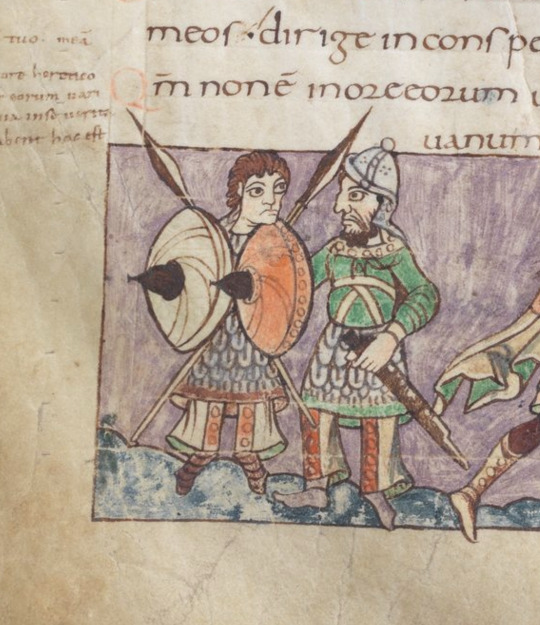

Caroligian clothing for episode 98 of Passion Médiévistes, based off of the Stuttgart Psalter !
6K notes
·
View notes
Text
i have noticed some comments on my posts telling me to "never go bald"...... i fear you do not understand the tonsure
29 notes
·
View notes
Text
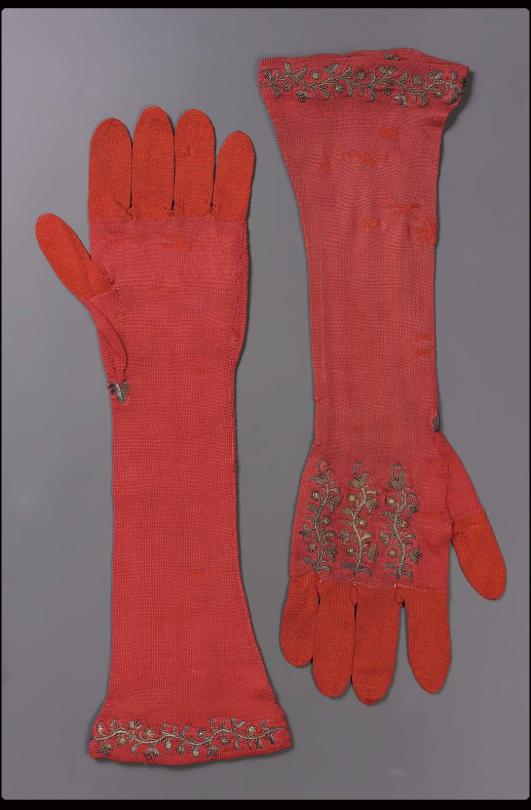
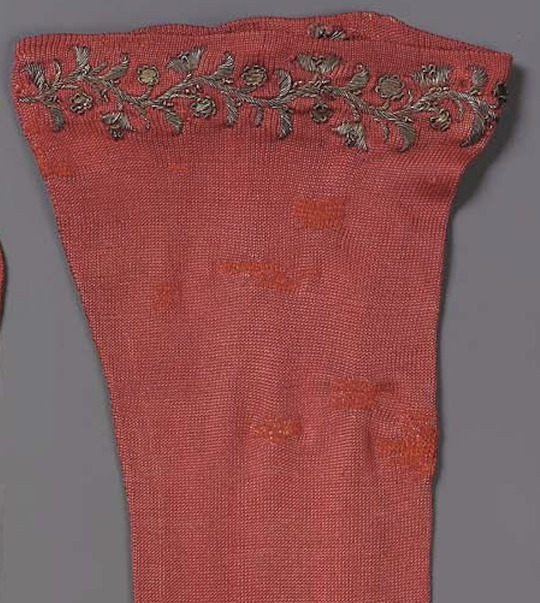
Pair of women's gloves (France, 18th Century). The Museum of Fine Arts, Boston.
The body of these gloves was knitted in scarlet silk, with the fingers knitted in a warmer shade of red-orange silk. Gold thread was used to embroider flowering vines on the cuffs and backs of the gloves.
At some point, these gloves were mended.
#historical knitting#knitting#fiber art#knitblr#knitting history#fashion history#embroidery#18th century#darning#oh these were loved!#ancientknitter
15 notes
·
View notes
Text
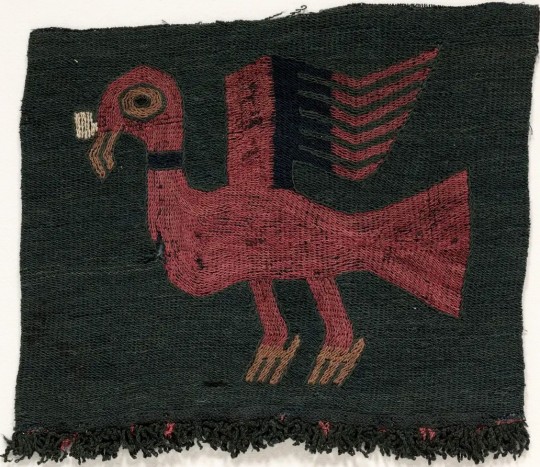
woven textile from the Paracas culture in Peru, from approximately 2,000 years ago
204 notes
·
View notes
Text
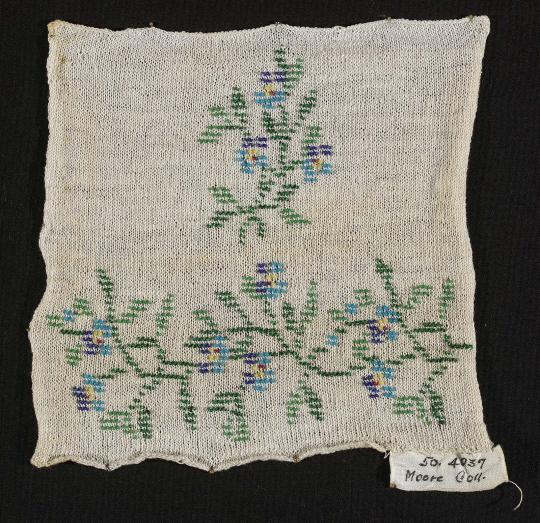
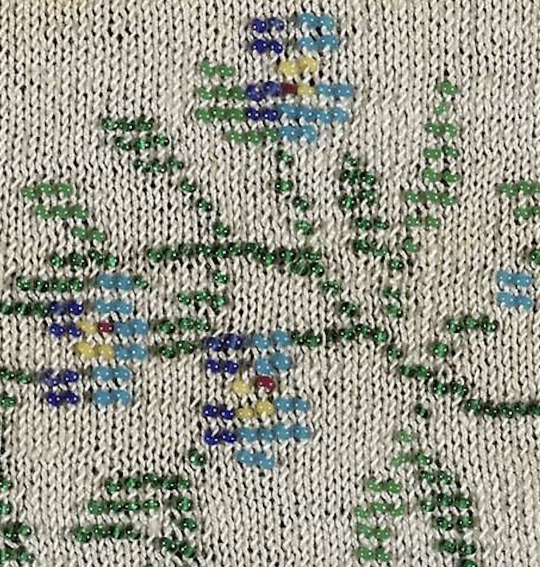
Fragment of knitting and beading (Germany, 19th Century)
Knitted fragment of white cotton with design of small-scale pansies worked in blue, yellow, and green small glass beads.
#knitting#historical clothing#knitblr#knitting history#19th century#fiber art#art history#beadwork#ancientknitter
15 notes
·
View notes
Text




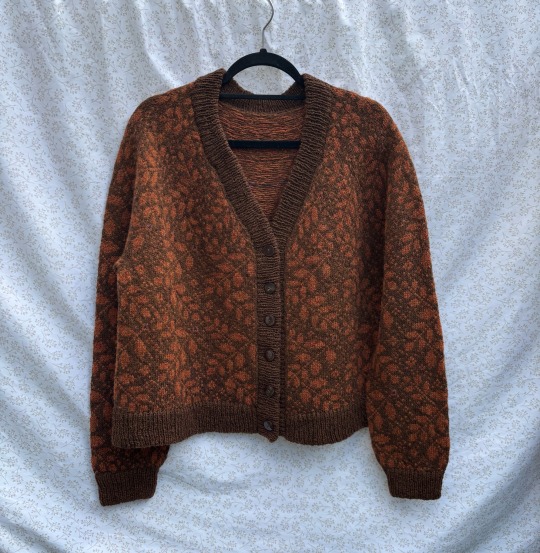





My FO for the test knit of Acacia Leaf Cardigan🍂 by @/sedna.knitting on IG
I used stash yarn afraid of how the colours would look since they are not as contrasting as I wanted, somehow it turned out really beautiful to me :’) Planning to knit another one with dark olive an lilac🌿
630 notes
·
View notes
Text
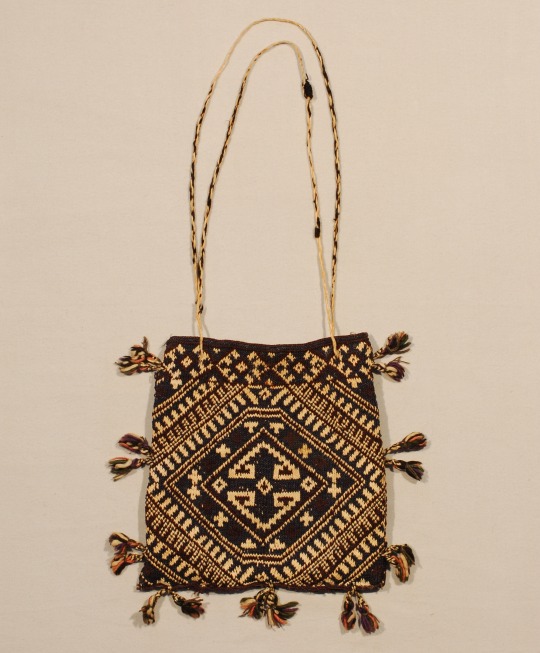
Bag (Bulgaria, 1900-1925 CE), The British Museum.
A hand knitted bag featuring geometric colorwork patterns in contrasting shades of cream and brown wool. The top and bottom of the bag were finished with crochet.
#historical knitting#knitting#fiber art#knitting history#art history#20th century#crochet#bulgaria#ancientknitter#colorwork
8 notes
·
View notes
Text
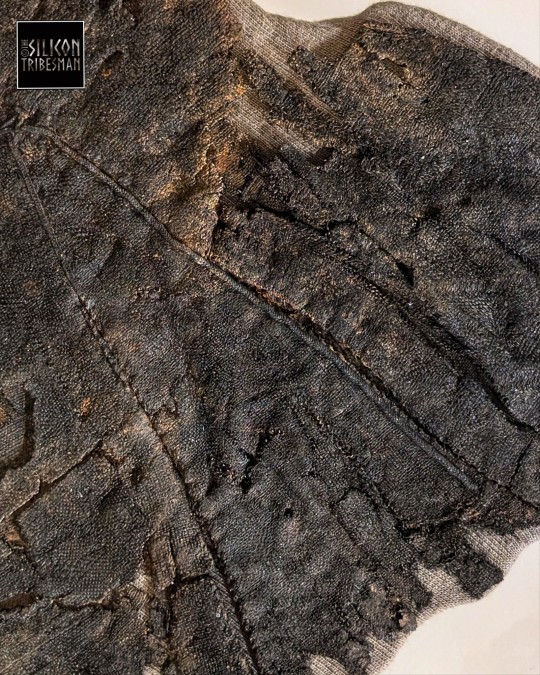
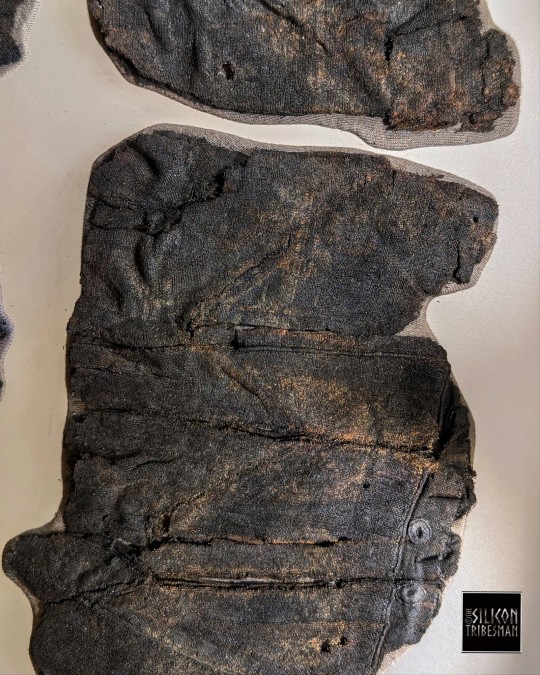
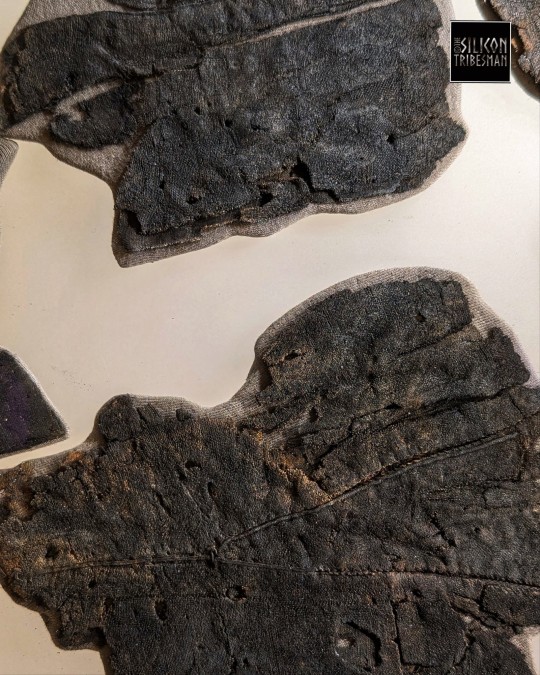
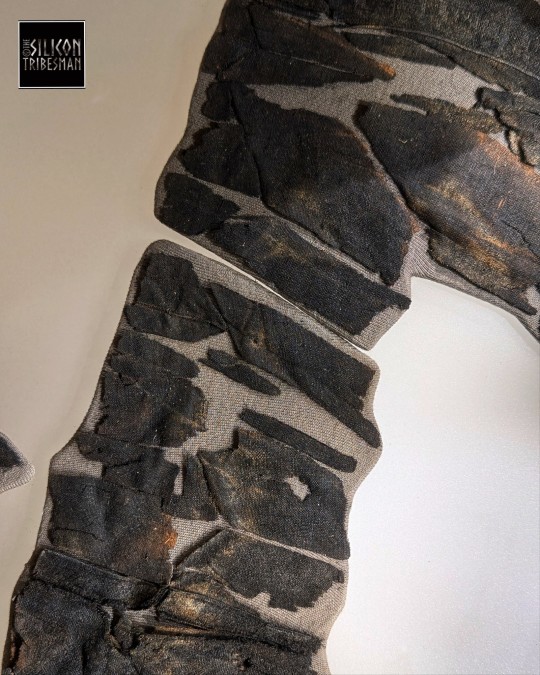
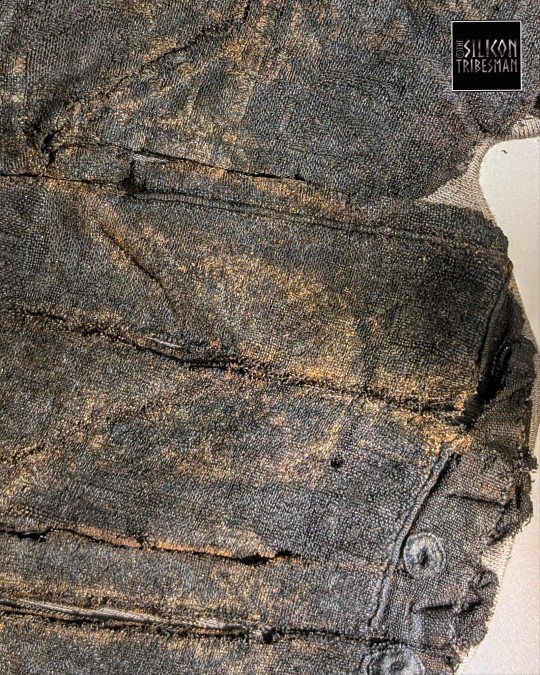
Pieces discovered at Llangors Crannog may be a royal tunic over 1,000 years old.
In early medieval times, the crannog, an island constructed in the lake, was the site of a royal llys or court.
Conservators have analysed these fragments and found that they are made of linen and silk. The tunic was once decorated with birds, lions and vine leaves.
St. Fagans National Museum of History, nr. Cardiff, Wales
622 notes
·
View notes
Text


Socks found in the Northern Necropolis of Antinoe, 4th-6th century AD, on display at the Museo Archeologico Nazionale di Firenze.
718 notes
·
View notes
Photo

12 Days of Medieval Illuminations. Today, 11 medieval suns. (Getty Museum)
26K notes
·
View notes
Text
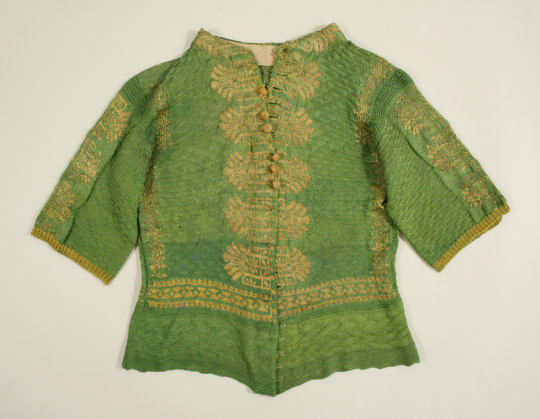

Sweater (European, late 1600s). The Metropolitan Museum of Art, New York.
"The rare knitted silks of the seventeenth have never been fully explained, but were probably informal wear. Today they could be purposeful as skiwear or underwear, a light sweater, or a chic bodice. Decorated to be seen, these knits are not represented in painting of the period, yet their role was clearly as a comfortable year-round clothing more consequential than any season's novelty."
#historical knitting#knitting#fiber art#knitting history#hand knitted#fashion history#historical fashion#historical clothing#17th century#archaelogy#the little garter stitch triangles.. i love#fiber arts#renaissance#ancientknitter
176 notes
·
View notes
Text

Bishop's Gloves (European, 1675-1700 CE). The Metropolitan Museum of Art, New York.
Liturgical gloves made of silk knit and embellished with gold metallic embroidery. These were worn by Roman Catholic bishops and cardinals during pontifical masses. The green color signified that these would be worn during Ordinary Time (the period outside Christmas, Easter, Advent, and Lent).
#fiber art#historical knitting#knitblr#knitting#knitting history#hand knitted#17th century#history#art history#ancientknitter
21 notes
·
View notes



